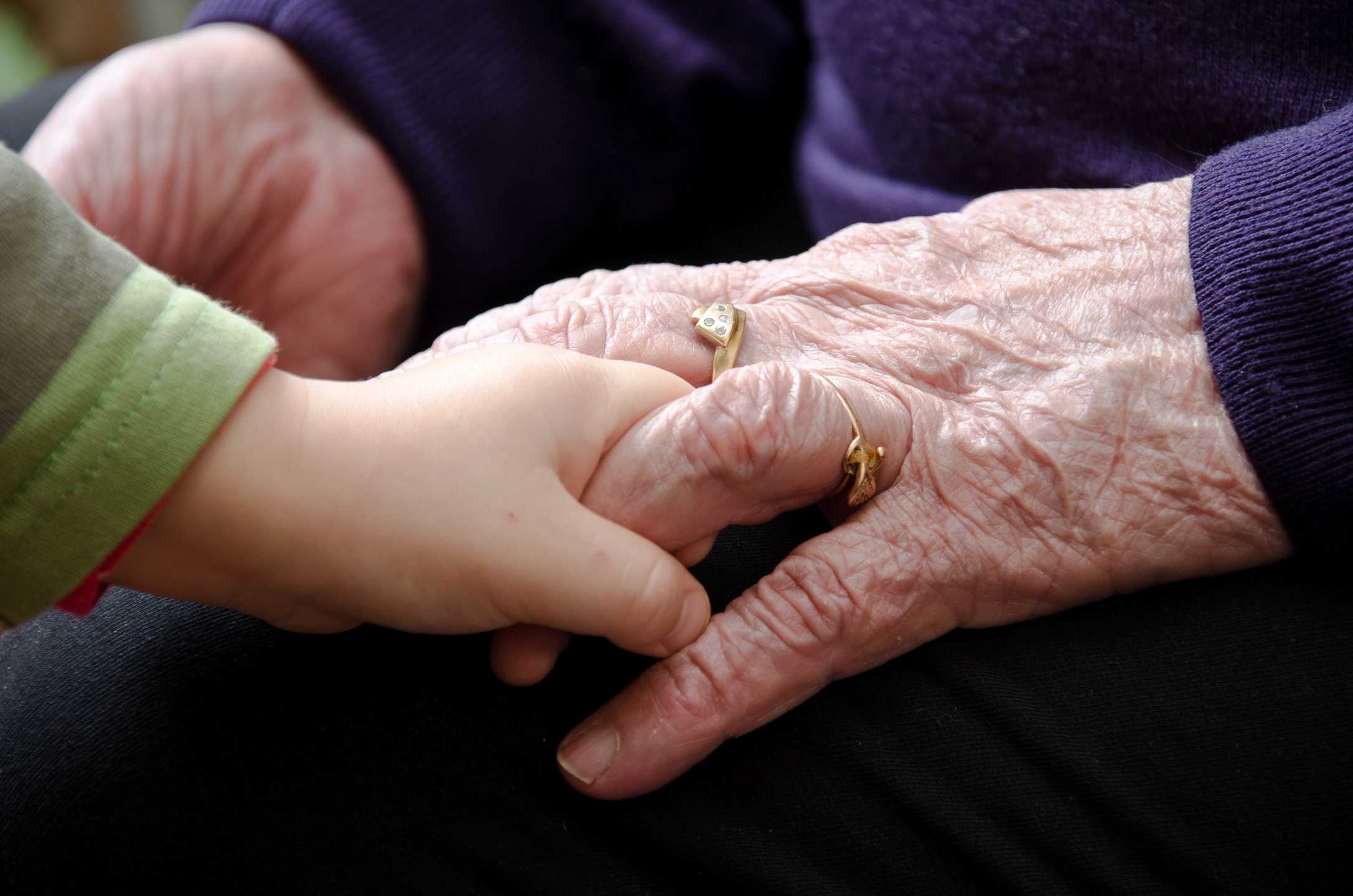Journey to Certification, Part 2: Bone marrow transplant day arrived in March, 2013. It was quite an experience and an amazing process to be a part of. I was grateful to have my older sister by my side that day. We laughed. We cried. She fed me, because I was not allowed to arms. She kept tabs on both Carol and I throughout the day. We understood the importance of what was about to happen, the chance to save our sister, but we knew there was no guarantee. I produced over 9,000,000 stem cells in the 4-5 hours of collection. About two-thirds of those were given to Carol around 5:30 pm that same day. The rest would be frozen and saved for another time, another person, perhaps. We were all gathered around her bed and watched as the transplant took place. Hope, love, and gratitude filled the room.
The next seven months did not go as hoped. Even though I was a perfect match, the cancer fought against the transplant. Her body did its best to fight back. Blood tests kept showing low magnesium and potassium levels, and she endured hours and hours of infusions. The doctors decided to give her a second dose of my stem cells, but still the leukemia would not give up. I felt like I had failed her. How could this happen? Did the doctors underestimate the strength of this cancer which they knew so little about when they decided to go with a lighter prep regime? Was I such a close match that her body could not distinguish between my cells and Carol’s? Everyone was so disappointed, but still she fought.
Another donor was sought, someone not related. A second transplant was to be given in February, 2014. One of her daughters and a granddaughter were her care-givers in 2013, but they couldn’t be there in 2014. I was asked to fill that need and willingly accepted. Things seemed to go better at first, but eventually, the cancer would win. Carol fought a valiant fight for four long years. The literature on her disease predicted at most 18 months after diagnosis, so she did beat the odds. She passed away in May 2014.
Her passing created a heavy feeling of loss, but also a feeling of greater love for my sisters. An Olson Family Reunion was planned for July 2014 by a cousin in Minnesota for the purpose of reuniting the last two living sisters born to Emil and Marjorie Olson–one lived in Minnesota and was nearing 100 years of the age; the other, her baby sister, lived in California. This is just what I needed–a new purpose. After losing my sister, I was bound and determined to make sure these two sisters, my aunts, would be together once more. I convinced our aunt, the one in California, to make the trip out to spend a week or more with her sister. I would drive and my older sister would accompany us. What a great adventure we had! So many memories.
But that tale is for another time…
TO BE CONTINUED
